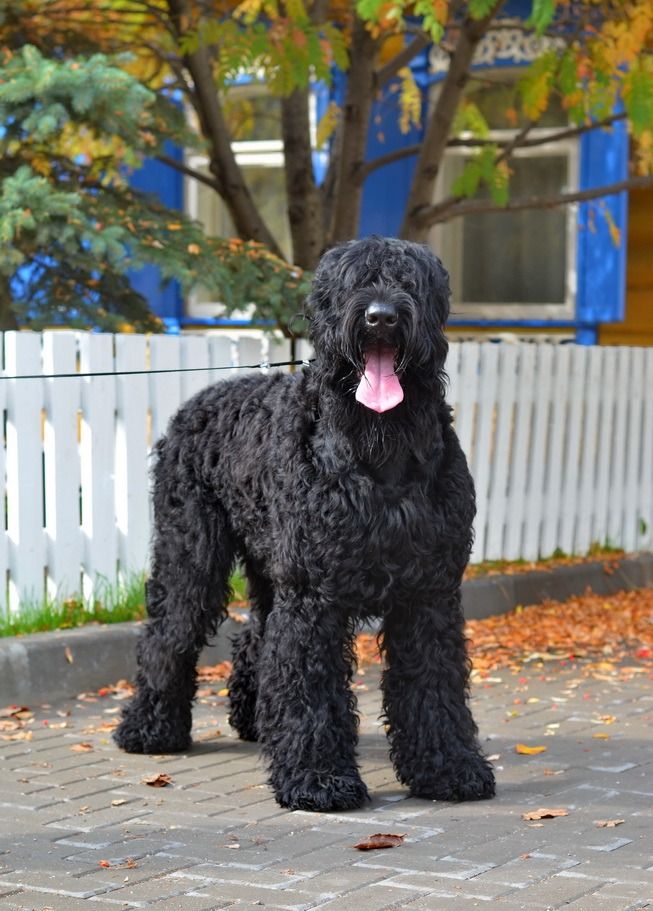Dog / Detail
A Global Canine Kaleidoscope: Breeding Beauty
Jonathan Bennet | 20 August 2024 | 18:05
The world over, dogs have been cherished companions and integral parts of human society for millennia. In some regions, specific breeds have evolved to suit particular environments and roles, resulting in a stunning array of canine diversity.
Let us embark on a global journey to discover some of the countries renowned for their exquisite dog breeds and the rich tapestry of history and culture that surrounds them.
The British Isles: Cradle of Canine Elegance

The British Isles boast a proud history of dog breeding, with breeds such as the Bulldog, the Beagle, and the Labrador Retriever having conquered hearts worldwide.
The Victorian era, in particular, witnessed an explosion of interest in dog breeding, with the establishment of breed clubs and the meticulous documentation of pedigrees.
The harsh climate and rugged terrain of the British Isles have shaped many breeds. For instance, the Border Collie, originally bred for herding sheep in the Scottish Borders, is renowned for its intelligence and athleticism.
Similarly, the St. Bernard, a breed developed in the Swiss Alps, was initially employed for rescue work in treacherous mountain conditions.
British breeders have long emphasised type, temperament, and soundness. Conformation shows, such as Crufts, have played a pivotal role in preserving breed standards and promoting responsible breeding practices.
Germany: A Nation of Working Dogs

Germany has a rich tradition of breeding dogs for specific purposes, with a strong emphasis on working ability. The German Shepherd, and the Great Dane are iconic examples of German breeds that have achieved global acclaim.
The German Shepherd, often hailed as the most versatile dog breed, was originally developed as a herding dog. Its intelligence, loyalty, and courage have made it an invaluable asset to police and military forces worldwide.
The Great Dane, on the other hand, is a majestic breed with a gentle temperament, despite its imposing stature.
German breeders have a reputation for meticulous record-keeping and health testing. Breed clubs in Germany often have strict breeding guidelines to ensure the preservation of breed characteristics and the prevention of genetic disorders.
Russia: A Land of Mighty Breeds

The vast expanse of Russia has given rise to a number of impressive dog breeds, adapted to survive in harsh winter conditions.
The Siberian Husky, with its thick coat and incredible endurance, is perhaps the most famous example. Originally bred by the Chukchi people of northeastern Siberia, the Husky was used to pull sledges over vast distances.
The Russian Black Terrier, a robust and intelligent breed, was developed in the Soviet Union as a guard and working dog. Its striking appearance and loyal nature have earned it a dedicated following.
Russian breeders place a strong emphasis on functionality and hardiness. Many breeds are still used for their traditional roles, ensuring that their essential characteristics are preserved.
Japan: A Realm of Refined Elegance

Japan has a unique and ancient relationship with dogs, with breeds like the Shiba Inu and the Akita Inu embodying the country's aesthetic ideals of beauty and harmony. These breeds are characterised by their distinctive appearance, loyal nature, and independent spirit.
The Shiba Inu, the smallest of the six native Japanese breeds, is known for its sprightly personality and fox-like appearance. The Akita Inu, larger and more powerful, is a symbol of loyalty and courage.
Japanese breeders have a deep respect for tradition and strive to maintain the purity of their native breeds. Careful breeding and strict selection criteria are employed to preserve the breed's unique characteristics.
The United States: A Melting Pot of Canine Diversity

The United States is a melting pot of cultures, and its dog population reflects this diversity. While many popular American breeds, such as the Golden Retriever and the American Staffordshire Terrier, have complex ancestries, the country has also produced some iconic breeds of its own.
The American Bulldog, for example, is a powerful and athletic breed with a friendly disposition. The Dalmatian, with its distinctive spotted coat, was originally bred as a coach dog.
American breeders have made significant contributions to canine health and welfare. The development of health tests and breed surveys has helped to improve the overall quality of life for many breeds.
Conclusion
This is just a glimpse into the fascinating world of dog breeding. Each country has its own unique story to tell, and the diversity of dog breeds is a testament to the enduring bond between humans and their canine companions.
By understanding the history and culture of different breeds, we can gain a deeper appreciation for these remarkable animals and the people who have shaped them.
Related
-

The Healing Power of Dogs: How Canine Therapy is Revolutionizing Mental Health and Boosting Positive Energy in Humans
Dog14 November 2024
-

A Pawsitive History: Dogs of Nuremberg
Dog09 November 2024
-

The Role of Oxytocin in the Human-Dog Bond: The Science Behind Our Deep Connection
Dog06 November 2024
-

Beyond the Beach: Jamaica's Dog Lovers
Dog29 October 2024
-

A Dog's Delights: Homemade Snacks for Our Furry Babies, Recipes Included!
Dog29 October 2024
-

A Dog's Disorientation: Understanding Your Dogs' Wanderlust
Dog29 October 2024
Popular
-

-

A Pawsitive History: Dogs of Nuremberg
09 November 2024 -

-

Beyond the Beach: Jamaica's Dog Lovers
29 October 2024 -
